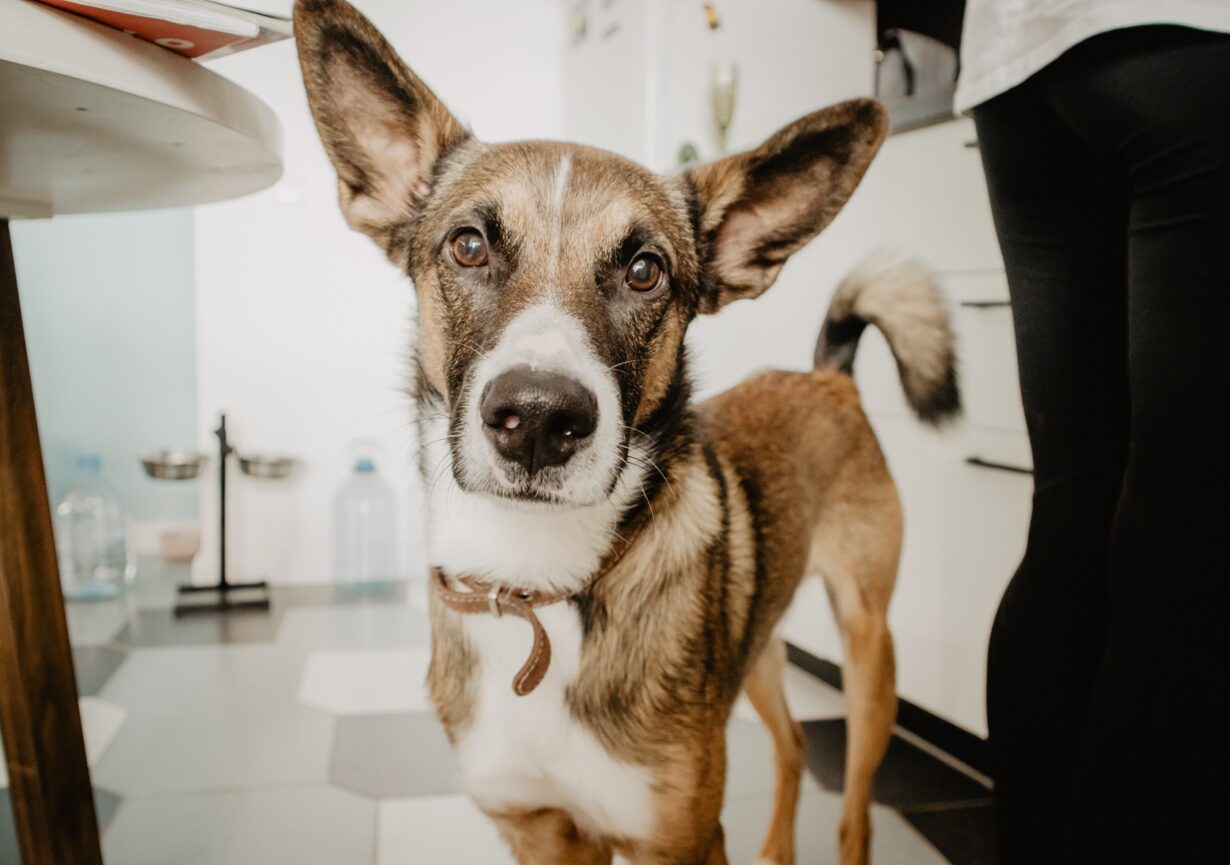As technology continues to evolve, pet owners now have access to a wide range of smart devices designed to improve pet care and monitoring. From pet cameras with treat dispensers to automatic feeders and activity trackers, these gadgets promise convenience, peace of mind, and better interaction with your furry friends.
But are pet cameras and smart devices really worth the investment, or are they just another passing trend? This article explores the benefits, drawbacks, and practical uses of these high-tech pet tools to help you decide if they’re right for you and your pet.
1. Understanding Pet Cameras and Smart Devices
What Are Pet Cameras?
Pet cameras are internet-connected devices that allow you to monitor your pet remotely via your smartphone, tablet, or computer. Most models offer live video streaming, two-way audio so you can hear and speak to your pet, and some even feature built-in treat dispensers or laser pointers to interact with your pet from afar.
These cameras are designed to give you peace of mind when you’re away from home, allowing you to check in on your pet’s behavior, comfort, and safety at any time. Many come with motion detection alerts and night vision capabilities, making them useful around the clock.
The Rise of Smart Pet Devices
Beyond cameras, the smart pet device market includes automatic feeders that dispense precise meal portions on schedule, GPS trackers that monitor your pet’s location, and activity monitors that track exercise levels and health metrics. These tools aim to make pet care more manageable, especially for busy owners or those with pets requiring special attention.
Smart devices often connect to apps where you can customize settings, review data, and receive notifications. The idea is to combine convenience with enhanced care by leveraging technology.
2. Benefits of Using Pet Cameras and Smart Devices
Peace of Mind and Remote Monitoring
One of the most significant advantages of pet cameras is the ability to see and communicate with your pet when you’re not at home. Whether you’re at work, running errands, or traveling, you can quickly check in to ensure your pet is safe and not exhibiting signs of distress or destructive behavior.
Two-way audio features allow you to soothe anxious pets with your voice or discourage bad behavior like excessive barking. This remote interaction helps maintain your pet’s emotional well-being and can reduce separation anxiety.
Health and Activity Tracking
Smart collars and activity monitors provide valuable insights into your pet’s daily routines. By tracking movement, rest, and exercise, these devices help you ensure your pet is getting enough physical activity to stay healthy and avoid obesity.
For pets with health conditions, these trackers can alert you to unusual activity levels or prolonged inactivity that might signal illness or injury. Feeding devices also help maintain consistent meal times and portion control, which is critical for weight management.
3. Potential Drawbacks and Limitations
Cost and Technology Dependence
Many pet cameras and smart devices come with a premium price tag, especially models with advanced features like HD video, treat dispensing, or GPS tracking. For some owners, the investment may be prohibitive or feel unnecessary compared to traditional care methods.
Technology can also fail — cameras might lose Wi-Fi connection, batteries may run out, or apps may experience glitches. This means these devices aren’t foolproof and shouldn’t replace personal care and regular in-person check-ins.
Privacy and Security Concerns
Since pet cameras connect to the internet, privacy is an important consideration. There have been instances of smart devices being hacked, raising concerns about unauthorized access to your home’s video feed.
Choosing devices with strong encryption, secure passwords, and regular firmware updates is essential to minimize risks. Understanding the manufacturer’s privacy policies is also important before adopting smart pet technology.
4. Which Pets Benefit Most from Smart Devices?
Pets with Separation Anxiety
For pets that get stressed or destructive when left alone, pet cameras can be a lifeline. Being able to see and talk to your pet remotely can provide reassurance for both the owner and the animal, potentially reducing anxiety-related behaviors.
Smart feeders can also help maintain consistent feeding schedules, which adds stability and comfort for anxious pets.
Busy Owners and Frequent Travelers
If your schedule keeps you away from home for long hours or you travel often, smart devices help maintain care routines and monitor your pet remotely. Activity trackers give you data to share with your vet, while cameras let you check on your pet’s well-being.
However, these tools should complement, not replace, trusted pet sitters or daycare services when necessary.
5. Practical Tips for Choosing and Using Pet Technology
Identify Your Needs and Budget
Before investing in pet tech, consider what problems you want to solve. Are you mostly concerned about separation anxiety, or do you need help with feeding schedules? Do you want to monitor activity levels or ensure safety for an adventurous outdoor cat or dog?
Knowing your priorities helps narrow down which devices make sense and avoid overspending on unnecessary features.
Integrate Technology with Traditional Care
Smart devices are best used as supplements to regular care routines. They don’t replace the human interaction, exercise, grooming, and medical care your pet needs. Use pet cameras and trackers to enhance your awareness and convenience, but always maintain hands-on care and attention.
Try devices gradually to see how your pet responds and adjust your setup accordingly.
Conclusion
Pet cameras and smart devices offer exciting possibilities to enhance pet care, from remote monitoring to health tracking. For many owners, these gadgets provide peace of mind, convenience, and even fun ways to interact with their pets while away.
However, they come with limitations, including cost, tech reliability, and privacy concerns. These devices should not replace direct care or responsible pet ownership but can be valuable tools when used wisely.
Ultimately, whether pet cameras and smart devices are worth the hype depends on your lifestyle, pet’s needs, and willingness to integrate technology thoughtfully. If used properly, they can make your life easier and your pet’s life happier and safer.


